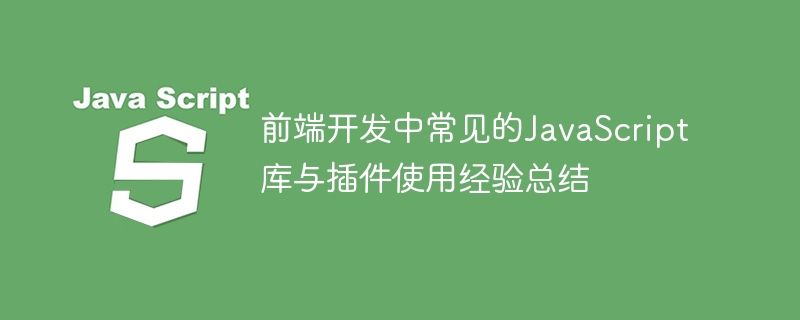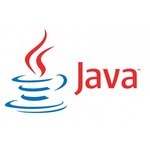
前端开发中常见的JavaScript库与插件使用经验总结
引言:
随着互联网的快速发展,前端开发在Web应用和移动应用中的重要性不断增强。而JavaScript作为一种动态脚本语言,广泛应用于前端开发中。JavaScript库和插件的使用能够极大地提高开发效率和用户体验。本文通过总结前端开发中常见的JavaScript库和插件的使用经验,希望对广大前端开发人员有所帮助。
一、jQuery
jQuery是目前最为常见的JavaScript库之一。它提供了简洁方便的API,用于操作HTML文档、处理事件和动画效果等。在项目中使用jQuery可以简化DOM操作、实现动态效果、处理AJAX请求等。
使用jQuery需要注意的几点经验:
立即学习“Java免费学习笔记(深入)”;
二、Vue.js
Vue.js 是一套用于构建用户界面的渐进式框架。它采用组件化的开发方式,使得代码可维护性和复用性大幅提升。Vue.js 的数据绑定和虚拟DOM的机制,可以有效地提高应用的响应速度。
使用Vue.js需要注意的几点经验:
三、React
React是一套用于构建用户界面的JavaScript库,它以组件化的方式进行开发,通过虚拟DOM的渲染机制实现高效的UI更新。React具有非常强的灵活性和可扩展性,广泛应用于大型应用的开发中。
使用React需要注意的几点经验:
四、其他常见的JavaScript库和插件
除了上述的库之外,还有很多其他常见的JavaScript库和插件在前端开发中使用广泛。例如:
结论:
在日常的前端开发中,熟练使用各种JavaScript库和插件是提高工作效率的关键。本文对常见的JavaScript库和插件使用经验进行了总结,包括jQuery、Vue.js、React以及其他常见的库和插件。希望能够为广大前端开发人员提供一些参考和指导,使得前端开发更加高效和简单。
以上就是前端开发中常见的JavaScript库与插件使用经验总结的详细内容,更多请关注php中文网其它相关文章!

java怎么学习?java怎么入门?java在哪学?java怎么学才快?不用担心,这里为大家提供了java速学教程(入门到精通),有需要的小伙伴保存下载就能学习啦!

Copyright 2014-2025 https://www.php.cn/ All Rights Reserved | php.cn | 湘ICP备2023035733号